Quote
If you really believe in what you're doing, work hard, take nothing personally and if something blocks one route, find another. Never give up.
Laurie Notaro
196 notes
·
View notes
Photo

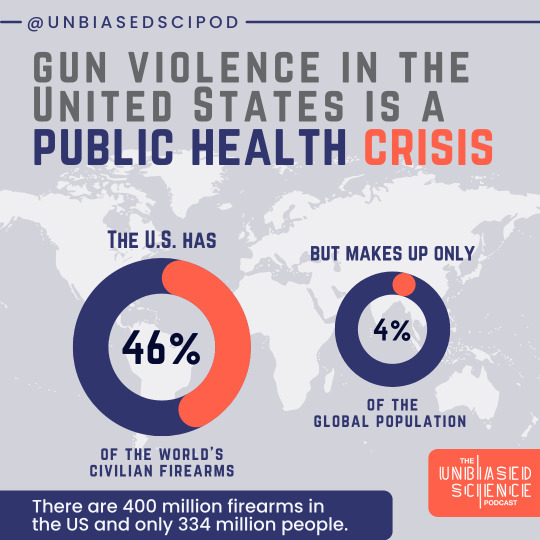
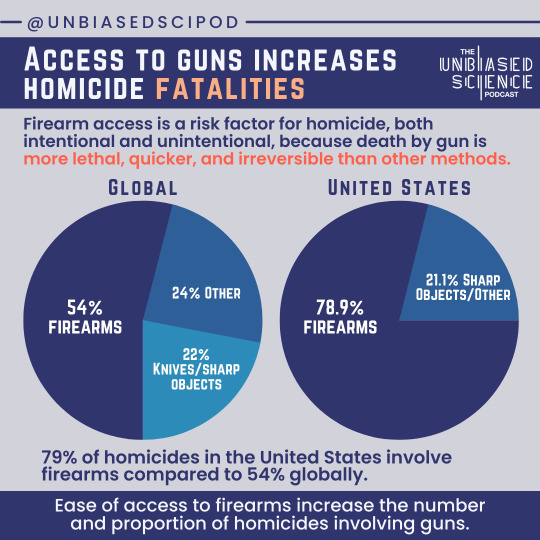
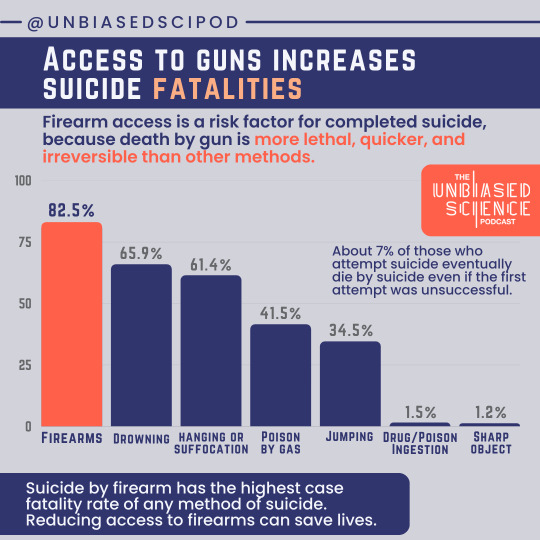
Comparing Gun Deaths by Country: The United States Is in a Different World
A common misconception we hear is that the gun violence epidemic in the US is due to mental illness issues, not gun issues.
Here is the data from 14 countries considered to be similar in terms of income, to eliminate poverty as a confounding variable. However, countries from the majority of continents are represented. Countries included are the US, Canada, France, Switzerland, Germany, Italy, Japan, Australia, New Zealand, Ireland, UK, Spain, Israel, and Norway. As you’ll note, very similar prevalence of mental illness are reported among these countries. Mental illnesses here also include substance use disorders.
Indeed, the United States sits somewhere in the middle among the spread of mental illness prevalence, with a reported value of 16.93% of the population experiencing mental illness. Several other countries rank higher, including Australia, New Zealand, Spain, Switzerland, and Ireland. However, when comparing gun deaths per 100,000 persons in each of the countries, the difference is quite stark. Only the United States has a rate higher than 2.5 per 100,000 individuals – and it is substantially higher, at a rate of 11.9 gun deaths per 100,000 individuals.
The United States has a population of 334 million, which is approximately 4% of the global population. However, the US accounts for 46% of the world’s civilian firearms. More than that, there are more guns than people in this country. There are approximately 400 million guns, compared to 334 million people, which means there are 120 guns for every 100 people in the US. There is an ease of access to guns in the United States that is not prevalent elsewhere in the world.
As a result, firearm-related deaths are impacted here in the US, including both for homicide and for suicide. Firearm access is a risk factor for homicide, both intentional and unintentional, because death by gun is more lethal, quicker, and irreversible than other methods. As discussed previously, mental illness is not a determinant for gun violence; because firearms are so lethal so quickly, homicide by firearm can be impacted by rash decision-making, behavioral disturbances, and other factors. While firearm-related homicide accounts for 54% of homicide globally, 79% of homicides in the US involve guns. Ease of access to firearms increase the number and proportion of homicides involving guns.
The same is true for suicide. When assessing suicide methods by case fatality rate (the proportion of suicide attempts that are completed), firearm suicide has the highest fatality rate; 82.5% of firearm suicide attempts lead to completed suicide. This has substantial implications. About 7% of those who attempt suicide eventually die by suicide even if the first attempt was unsuccessful. Thus, ease of access to a weapon that has such a high fatality rate increases the number and proportion of suicide deaths in the US. Reducing access to firearms can save lives.
Ease of access and the sheer number of guns in the US has significant implications for public health and death by firearm.
Sources:
https://worldpopulationreview.com/state…/guns-per-capita
https://www.hsph.harvard.edu/…/means-matter/survival/…
https://www.pewresearch.org/…/what-the-data-says…/…
https://www.hsph.harvard.edu/…/means…/case-fatality/…
https://www.unodc.org/…/data-and-analysis/gsh/Booklet1.pdf
https://pubmed.ncbi.nlm.nih.gov/26551975/
https://academic.oup.com/epirev/article/38/1/140/2754868…
https://www.cdc.gov/nchs/fastats/homicide.htm
https://worldpopulationreview.com/…/united-states…
By Unbiased Science Podcast
814 notes
·
View notes
Photo
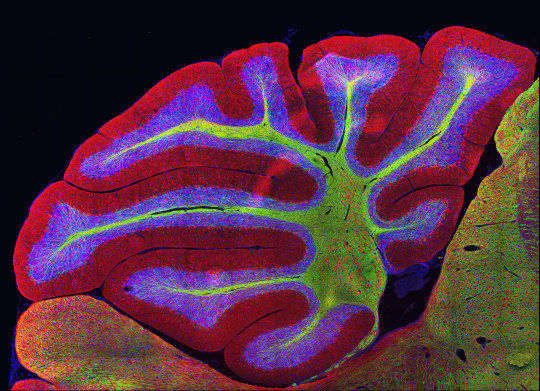
Sagittal section of mouse cerebellum
By Dr. Aikaterini Segklia (Hellenic Pasteur Institute, Department of Cellular and Molecular Neurobiology)
Technique, Confocal. Magnification 40x.
187 notes
·
View notes
Quote
Be so good they can't ignore you.
Steve Martin
86 notes
·
View notes
Video
Two neurons sensing each other and trying to connect
Credit: @rockatscientist
4K notes
·
View notes
Photo
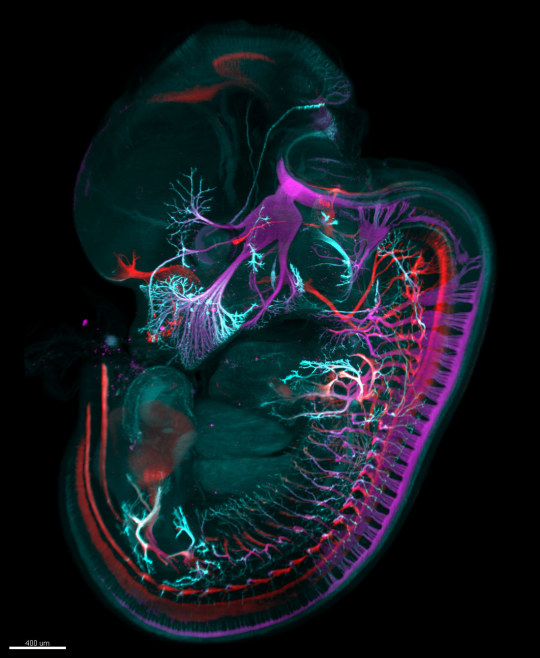
Mouse embryo (day 12.5) stained for motor (red) and sensory (magenta) nerves and nerve endings (cyan)
By Dr. Gist F. Croft, Lauren Pietila, Dr. Ali H. Brivanlou (The Rockefeller University - Laboratory of Stem Cell Biology and Molecular Embryology)
Technique: Light Sheet Microscopy and Tissue Clearing (iDISCO)
Magnification 1.8x (objective lens magnification)
269 notes
·
View notes
Photo

Dye-injected Purkinje cells in mouse cerebellum
By Benjamin Barti (Hungarian Academy of Sciences - Institute of Experimental Medicine)
Technique: Confocal. Magnification 20x (objective lens magnification).
272 notes
·
View notes
Quote
The penalty for procrastination is the loss of hopes and dreams.
Tai Lopez
240 notes
·
View notes
Video
What Cataract Looks Like
Source: oftalmopo @grepmeded
#science#medicine#medblr#neuroscience#health#academia#scientific illustration#gif#Illustration#anatomy
505 notes
·
View notes
Photo
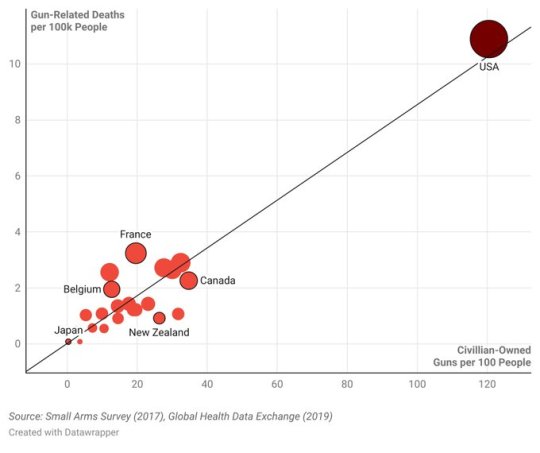
It’s The Guns.
799 notes
·
View notes
Video




Two neurons sensing each other and trying to connect
Credit: @rockatscientist
4K notes
·
View notes
Video
Two neurons sensing each other and trying to connect
Credit: @rockatscientist
4K notes
·
View notes
Photo
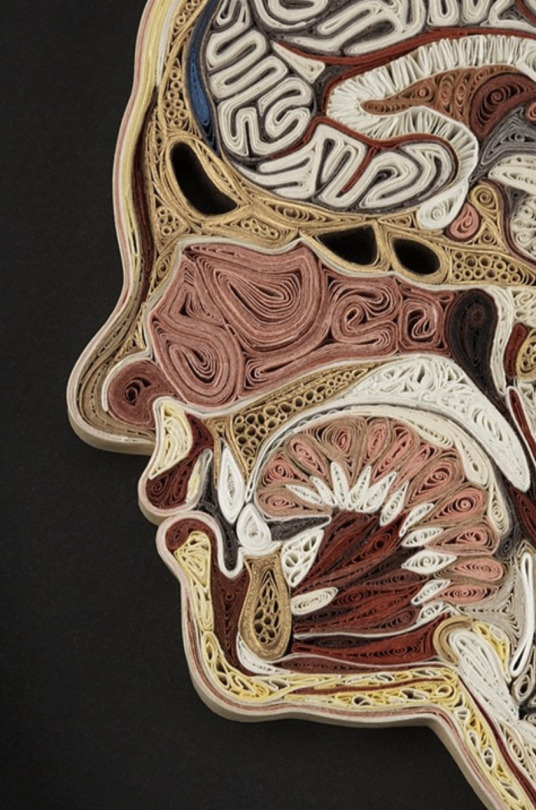
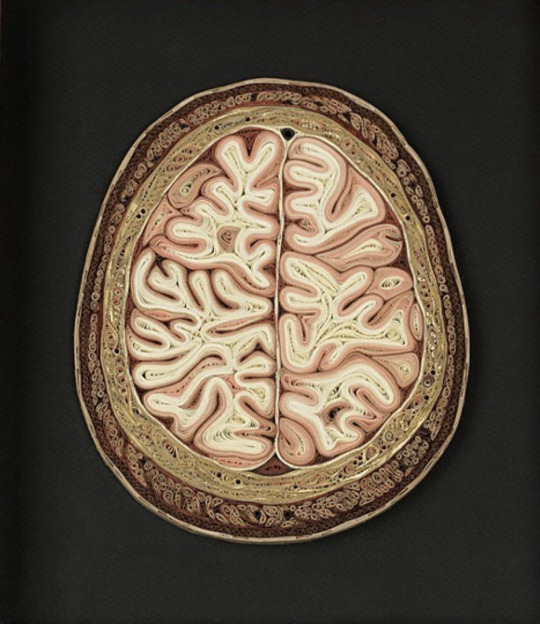
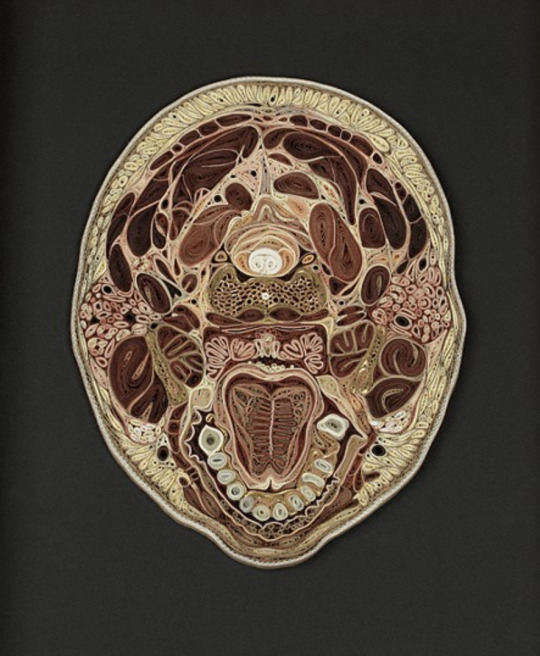


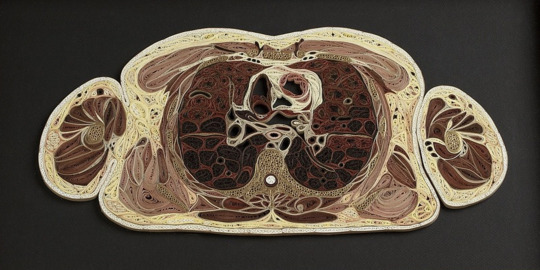

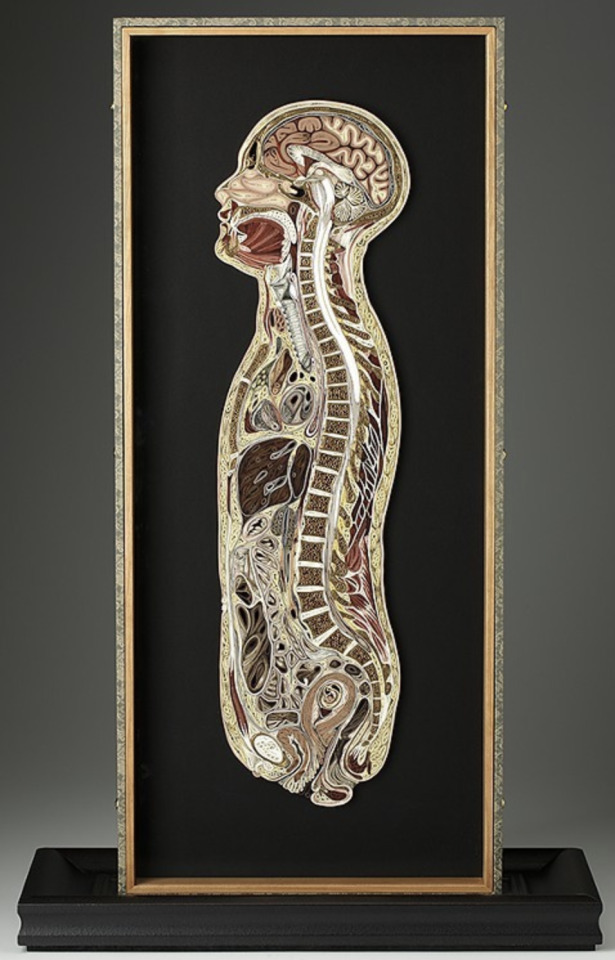
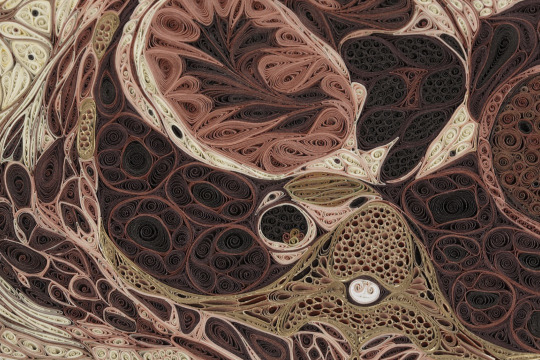
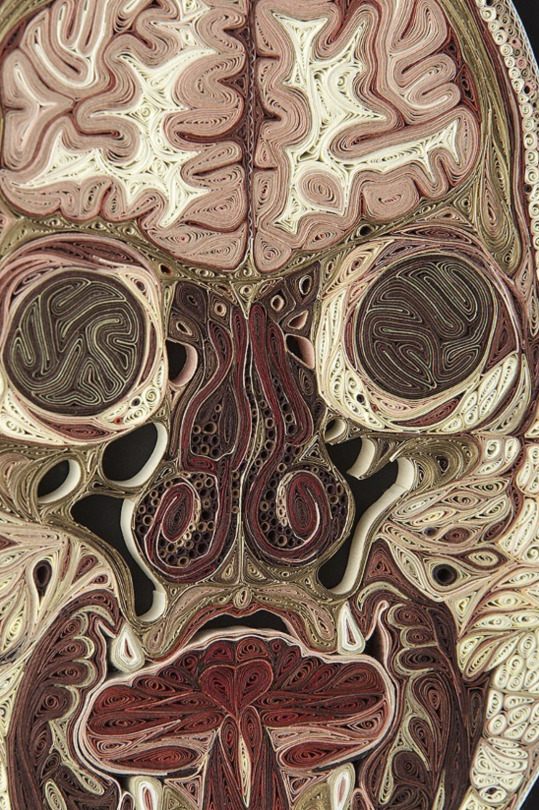
Tissue Series
These pieces are made of Japanese mulberry paper and the gilded edges of old books. They are constructed by a technique of rolling and shaping narrow strips of paper called quilling or paper filigree. Quilling was first practiced by Renaissance nuns and monks who are said to have made artistic use of the gilded edges of worn out bibles, and later by 18th century ladies who made artistic use of lots of free time.
- by Lisa Nilsson
#quilling#lisa nilsson#neuroscience#health#illustration#lit#scientific illustration#anatomy#science#art#history
9K notes
·
View notes
Video
Brain MRI after half of it was removed from a 3-year old boy
“The brain is remarkably plastic,” said Dorit Kliemann, a cognitive neuroscientist at the California Institute of Technology, and the first author of the study. “It can compensate for dramatic loss of brain structure, and in some cases the remaining networks can support almost typical cognition.”
Video by Caltech Brain Imaging Center. Read the article “How the Brain Can Rewire Itself After Half of It Is Removed” from the New York Times.
261 notes
·
View notes
Video
What happens to the brain during a concussion
by Syntropy Studio
692 notes
·
View notes